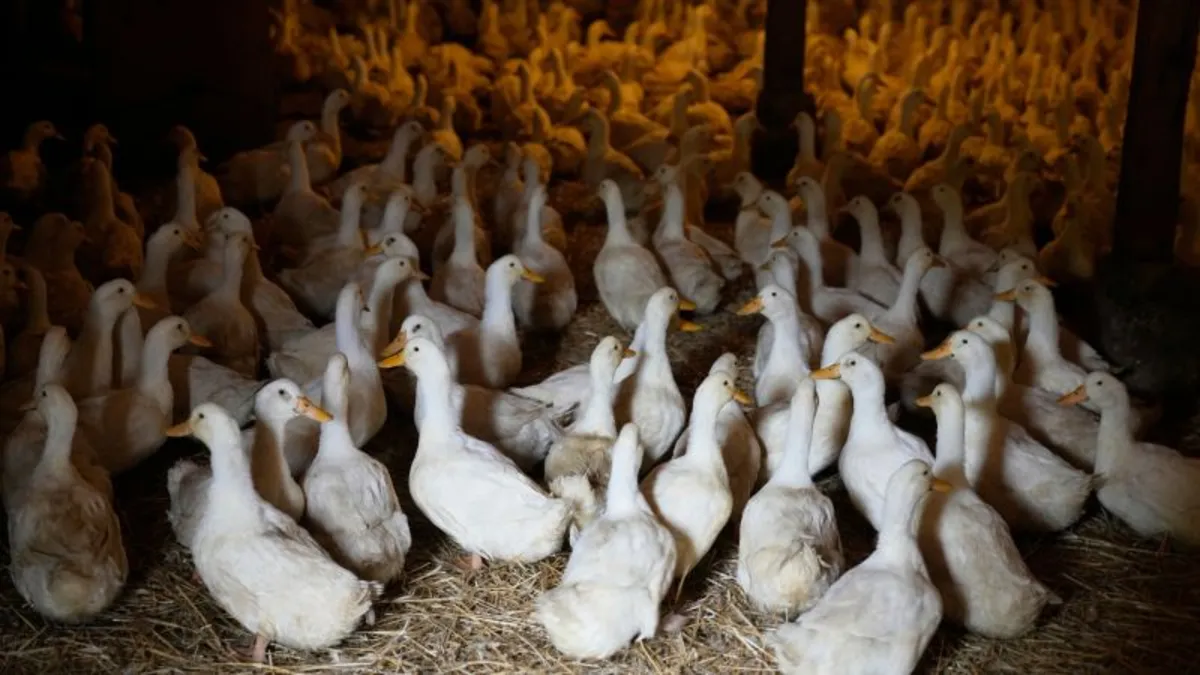
The US Centers for Disease Control and Prevention (CDC) has officially concluded its emergency response to the H5N1 bird flu, citing a significant decline in reported cases. According to a statement released by a spokesperson from the US Department of Health and Human Services on July 2, 2025, the decision was made following the absence of human cases since February 2025. This marks a pivotal moment in the ongoing management of avian influenza.
The CDC spokesperson emphasized that while the emergency response has been deactivated, the agency's commitment to monitoring and addressing avian influenza, including H5N1, will persist. Surveillance and readiness plans will continue under the CDC’s dedicated influenza division and other relevant programs, ensuring that public health safety remains a priority.
Dr. Nirav Shah, who recently resigned from his role as principal deputy director at the CDC, expressed support for the decision to end the emergency response. Now a visiting professor at Colby College in Maine, Dr. Shah highlighted that this decision stemmed from input by career scientists rather than top-down directives. “The rationale is, in short, there haven’t been any human cases. And so there is not the need to sprint all-out every single day,” Dr. Shah explained. He reassured that should new human cases arise, the CDC could swiftly amplify its response efforts.
H5N1 was first identified in the late 1990s and has since caused sporadic outbreaks globally. In the United States alone, nearly 175 million birds have been affected since 2022, including wild birds, commercial flocks, and backyard birds. Additionally, the virus has been reported in various mammal species across more than 100 countries. In early 2024, dairy cattle in the US were also infected, posing a serious threat to the dairy industry, with over 1,000 herds impacted across 17 states.
While a total of 70 human cases of H5N1 have been documented in the United States, resulting in one reported death, experts believe that the current public health risk remains low. The CDC's emergency declaration on April 4, 2024, facilitated additional support for public health responses, including staffing enhancements. Though case reports have diminished, specialists caution that bird flu tends to exhibit seasonality, with cases typically peaking in the fall or early winter.
Despite the reduction in emergency response, the CDC remains vigilant. The spokesperson noted, “The current public health risk from H5N1 bird flu is low; however, CDC will continue to monitor the situation and scale up activities as needed.” This ongoing vigilance underscores the importance of preparedness in public health, ensuring that resources and responses can be adjusted promptly if necessary.